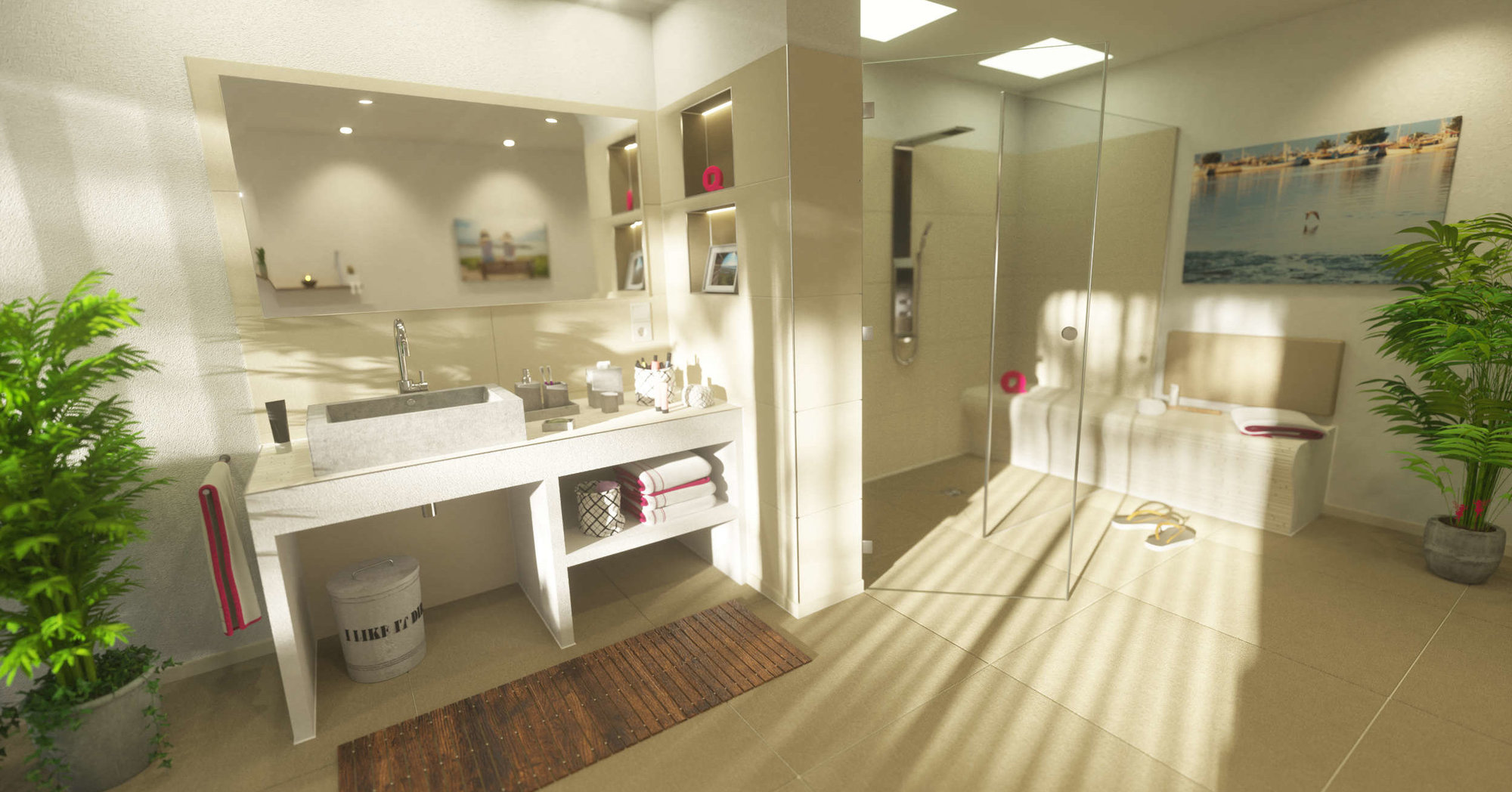Variation in flange thickness between models sold by the same company seems particularly odd/incompetent. Why would you do this? Surely it’s actually easier to draw a correct tread/flange profile once and use it repeatedly for successive models?
As I posted in my previous post, I
suspect this wide flange occurrence
may be something to do with the Chinese factory they were produced in, although this is purely my personal speculation.
But inconsistencies in flange profile within the range of any single, given manufacturer are nothing new in OO gauge. Hornby's W4 Peckett features noticeably less deep flanges compared to their B2 Peckett, both fairly recent productions. The former is fine on my older C&L bullhead flexi track, the latter doesn't like it.
Even Bachmann are not immune. I found that I wasn't able to run their Standard Class 5 and Crab locos on my C&L track, yet locos such as the panniers, 08 diesel shunters, other diesels etc. were fine.
I even found differing flange profiles on a single Bachmann loco - their WD 2-8-0. The driving wheels were fine (same profile as the panniers etc.), but the bogie and tender wheels were deeper and bumped along the tops of the C&L chairs on Engine Wood. This was a relatively quick fix, as I substituted Markits bogie and tender wheels and the loco was fine after that.
Other problem locos on the OO-SF 16.2mm gauge on Bethesda Sidings were a couple of earlier Heljan diesels - a Hymek and a Class 33. They also didn't like the narrower gauge and had thick flanges. The solution here was to replace the wheels with Branchlines 'Black Beetle' wheels, with the original Heljan drive gears.
My solution with the Accurascale Manor was to return it to the retailer, who was happy to take it back. It actually ran like a dog as well, despite running in and wasn't really a 'core' loco for any of my layouts anyway.
The solution with the Pi Kerr Stuarts is to convert one to P4 (which I planned to do all along) and change the supplied wheels for Markits wheels for the other one.






 Might have to give one a try-out.....
Might have to give one a try-out.....